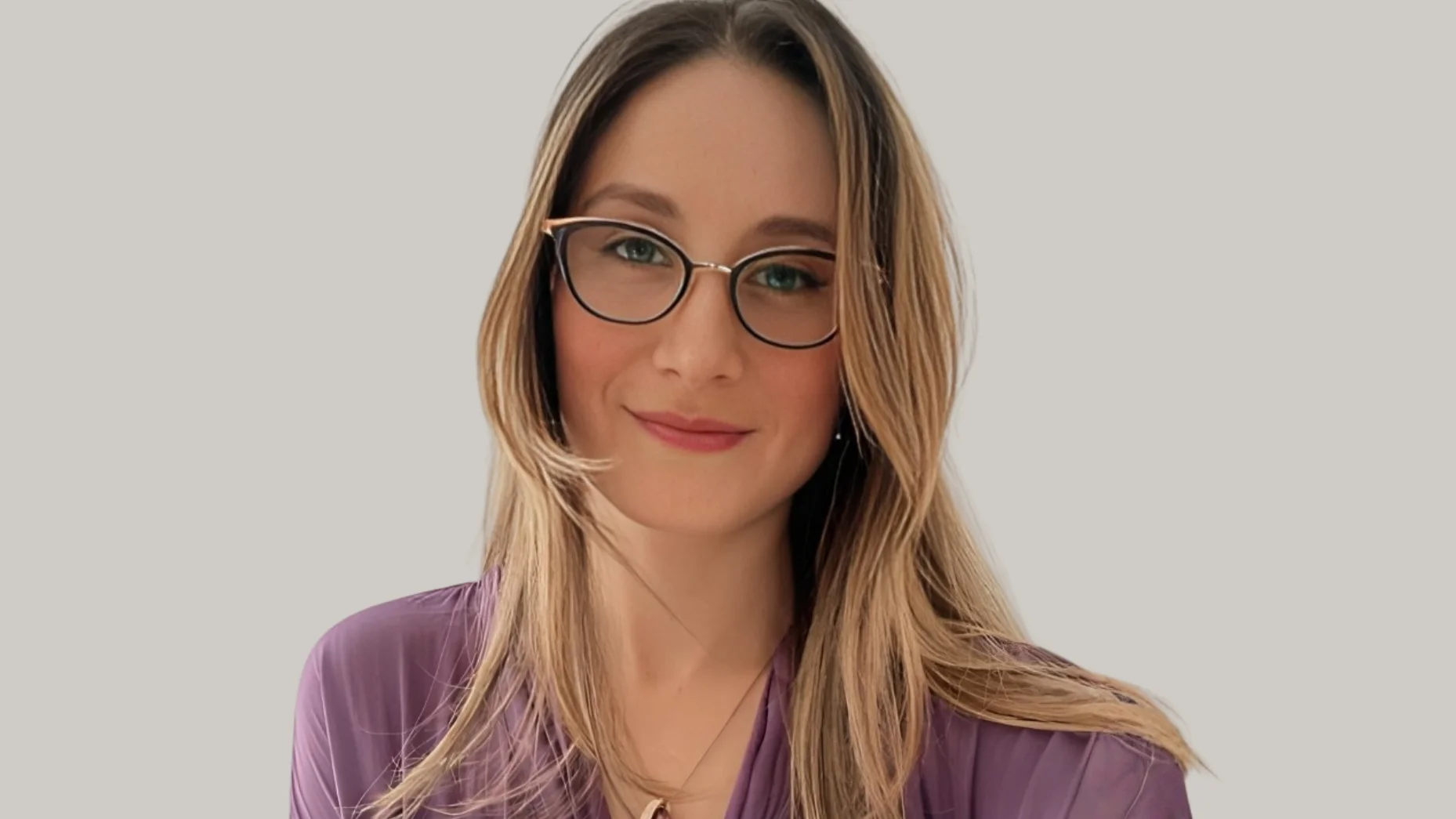In 2025, youth engagement is a central topic for the International Council of Museums (ICOM), as it prepares for its General Conference in Dubai. The ICOM Secretariat’s Publications, Documentation and Archives Department has dedicated a special issue of Museum International to the theme “Youth, intangible heritage and new technologies in museums,” and the subject has also been featured in several articles within the ICOM Voices series.
Reflecting on this year’s focus, ICOM is highlighting historical initiatives that involved young people in museum activities. One such example comes from its archives: at the 1977 General Conference held in Leningrad-Moscow, then part of the USSR, ICOM’s Committee for Education and Cultural Action (CECA) presented a pilot project called “Travelling Box-Kit.” This initiative was developed collaboratively by museums from different countries together with children’s parliaments.
The archival document describing this project is preserved at the ICOM Secretariat in both French and English versions.
The pilot experiment involved three key participants: Patricia M. McDonald, vice-president of CECA and Education Officer at the Australian Museum in Sydney; Lydia Ross, director of Timmins Museum Centre in Canada; and Pujol-Avellana, director of the Education Department/Child Art Studio at Barcelona’s City History Museum.
According to the document: “If the museum is considered as a Cultural Institution at the service of the community, it should be a tool for cultural communication, offering, in its own language, the knowledge of the inheritance of humanity in a living form, and not a mere store house for the treasures which it holds.”
The program aimed to broaden young visitors’ perspectives through educational experiences that encourage mutual understanding among cultures. The document states: “Education, especially that imparted in museums, must open the minds of the young visitors...the appreciation of culture eliminates prejudices...TO MUTUAL ENRICHMENT AND UNDERSTANDING...which thus allows an open dialogue.”
To facilitate this international exchange between children from Australia (Sydney), Canada (Ontario), and Spain (Catalonia), each participating museum assembled a “Travelling Box-Kit” containing materials selected by children—such as publications, minerals, costumes, handicrafts—representing their local culture. These kits were exchanged among museums so schools could use them to supplement textbook learning.
The project also established an international service similar to existing local loan services started in northwestern Europe during the 1930s. The aim was to make museums more accessible to communities rather than exclusive institutions.
A significant feature was forming a Children’s Parliament composed of museum staff and young students acting as researchers. As described: “It is on these bases that constitution of a CHILDREN’S PARLIAMENT is founded...A heterogeneous assembly formed by museum instructors and boys and girls called researchers...” This group met regularly using parliamentary procedures adapted by themselves to manage discussions democratically.
Meetings followed structured agendas with decisions made by majority vote. Children took responsibility for managing tasks without adult pressure: “In short…the children were given responsibility…as decision-makers…without slightest adult pressure.”
Participants organized into color-coded groups focusing on specific subjects—for example ecology or Mediterranean issues—and engaged with their peers abroad through correspondence. Activities included brainstorming sessions for ideas collection.
Community participation was encouraged throughout; individuals and institutions contributed materials for inclusion in each kit.
At ICOM 77 held at Leningrad’s Hermitage Museum—a photographic report about this exchange was exhibited alongside other kits from Sweden and West Germany during CECA study sessions. The working party concluded with hopes that such experiments would inspire further projects promoting intercultural understanding among youth through museums worldwide.
The document lists all student participants (“the boys and girls researchers” aged 11–12 years old from various schools) along with instructors Robert Hijar and Roser Castelló under Prof. Pujol-Avellana's direction. It acknowledges collaboration from multiple educational organizations across Barcelona province.
Precedents include earlier exhibitions focused on children's art held since 1968 at Barcelona's City History Museum Royal Hall Called ‘Tinell’. In 1973 an official Education Department/Child Art Studio was established there to foster creative freedom among youth via direct engagement with museum collections—a model intended both for present benefit and future development according to contemporary educational theory.
As stated regarding objectives: "A return to origins…in re-considering today’s values...Basis understanding evolutionary process art history..." Educational programming included guided visits supplemented by creative activities allowing children expression through painting or drawing what they observed during their visits—followed by feedback discussions involving teachers as well as students themselves.
Pujol Avellana presented this initiative—with slides—during Moscow plenary session upon invitation from Soviet Committee Secretary General I. Nikiforova: "The creation of new international ‘Travelling Box-kit’ service…clearly had strong impact on delegates…" Many congratulated organizers after conference sessions or later by letter.

 Alerts Sign-up
Alerts Sign-up